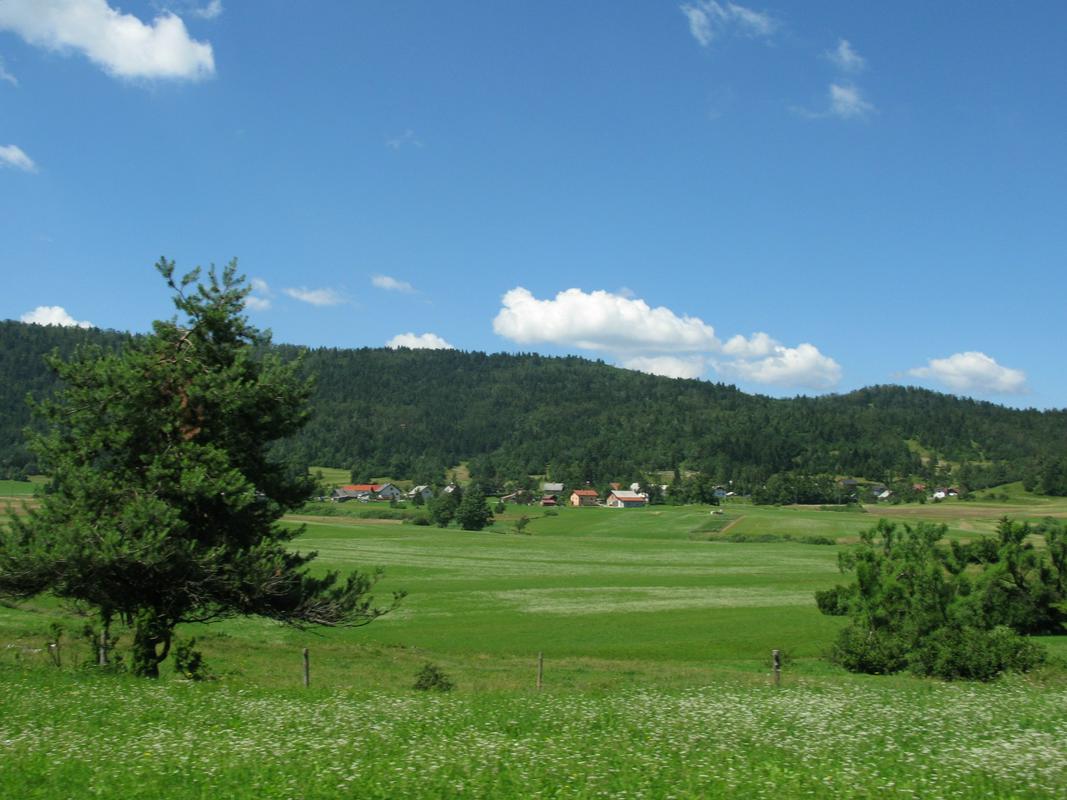
Much of the local landscape is the result of ancient geological processes. Several faults have created valleys and ridges that surround the settlement of Rakitna. Over the years, the erosion of limestone resulted in a typical karstic landscape of sinkholes, underground streams, and intermittent lakes. Now, the long-mysterious area is now more accessible than ever before.
The Rakitna Interpretive Trail, launched several years ago, can be completed in just over an hour. Its wooden signs take walkers on a tour through an amazing diversity of landscapes. They include wetlands with a wide variety of species, including several protected amphibians. Lake Rakitna, near the trailhead, is known for its pristine waters and contains crawfish. Visitors then continue their journey through forests where bears and lynx can occasionally be spotted. Even though bear attacks are exceedingly rare, walkers are nevertheless urged to make noise while making their way through the woods.
The signposts along the trail help visitors learn about how the land once provided a livelihood to the local population. High trees were cut down for use as masts on boats in the Adriatic Sea, while dormice were trapped for both fur and food. The trail also gives walkers a first-hand look at how the landscapes have changed over the years. Many fields were abandoned after the industrial revolution and have been slowly been returning to their natural states.
Despite the abundance of unspoiled landscapes along the trail, the area has long been shaped by humans. The Rakitna area was part of the Roman Empire’s borderlands, and excavations in 1916 and again in the 1960s have uncovered a remains of a four-meter high defensive wall dating back to the Roman Era, as well as two Roman watchtowers.
Despite the variety of natural sights and historic artifacts, the Rakitna Interpretive Trail remain uncrowded. And despite being just a short drive away from Ljubljana, it gives visitors a glimpse of life in Slovenia long before the modern era.


































































